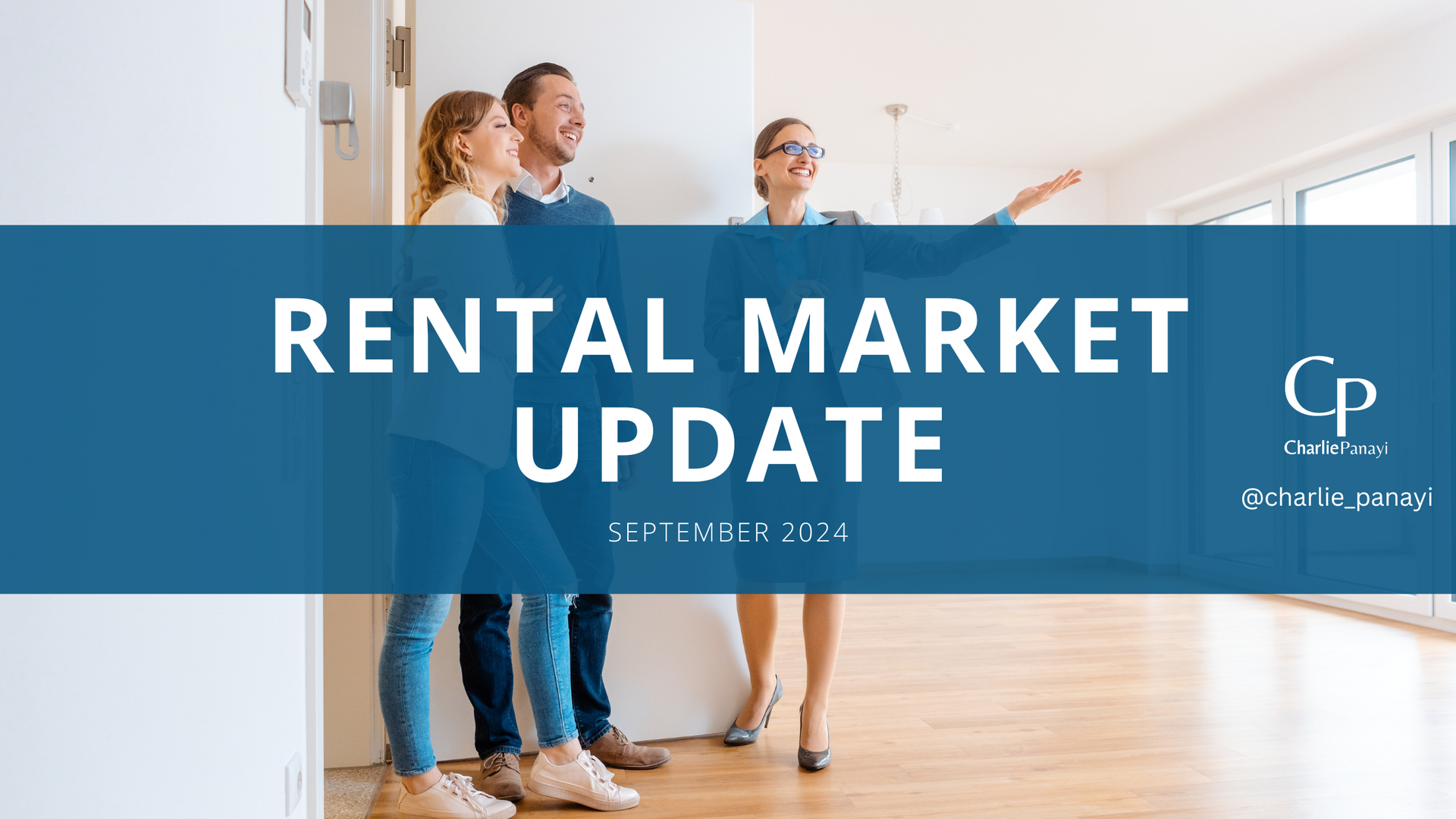Key Points
• Most areas in UK registered minimal price falls in Q4 2022
• Demand has rebounded since Q4 to 10% higher than in 2019 in January 2023
• I expect demand will continue to improve as we see stabilisation/fall of mortgage rates, giving first time buyers specifically more confidence to re-enter the market
• Price between apartments and 3 bedroom houses have increased
House Price Increase Stalls
House prices stalled in growth towards the end of 2022 due to the 50% drop in demand, mainly due to first time buyers becoming hesitant in the market. This will likely cause a rapid slowdown in the annual rate of price growth in coming months. At the end of 2022, UK house price inflation had slowed to 6.5% from 8.3% at the end of 2021.
Although buyer demand dropped off towards the end of 2022 the gap between asking and achieved sale prices held around 3.5% and there is no sign of this worsening at this stage.
This figure is important, because if the gap widens sellers will feel more pressure to reduce their asking prices. As they are still achieving on average close to asking it stabilises as I write. I still expect to see modest changes in asking prices as the months go on, to reflect what buyers are willing to pay. I previously predicted a 5% drop realistically by the latter part of 2023.
Demand Rebounds
Demand has rebounded in January, against the end of 2022 with buyer demand 10% ahead of 2019. This is an improvement but does remain well below the levels we were seeing throughout 2020-2022.
Its important to remember that the last three years have been at times history breaking records in terms of demand etc, therefore it’s normal for us to now see a realisation of the market, and what most experts expected to happen sooner. The increase of mortgage rates and living costs of course brought this activity level down to more normality.
Regionally we are seeing that the south east & west have seen the biggest drop in demand, compared to the north. Again this is natural, seeing the prices up north are below the national average, whereas the south east & west have seen above average increases over the last three years.
Slow Start to 2023
It’s likely the start of 2023 will be a slower market than the previous three, as previously stated this is of no surprise. There will naturally be those that are planning on moving will wait to see whether house prices start to fall in Q1, along with seeing what is happening with mortgage rates. We are seeing the average mortgage rate for typical home buyers sitting around the 4.64% at this moment, with everyone in the mortgage market fully expecting it to stay between the 4%-5% rate for 2023. A more feasible option for those used to extremely low rates compared to the 6% rates we saw in October 2022.
Buyer Demand is Shifting
Zoopla data shows that 27% of new buyers are looking for 1- and 2-bed flats, up from 22% a year ago. Whereas demand for 3 bedroom houses has fallen to 39%, although they are still the most in demand homes across the UK. This is a trend Zoopla is seeing across all areas of the UK in the first few weeks of the year.
This is largely pushed by the major cities, with buyers looking for better value for money homes, within more affordable suburbs.
This also demonstrates that homeowners may be holding back on moving. As a company we have already seen a huge jump in first-time-buyers in January 2023, therefore expect that to continue, with them seeking to avoid rapid rent price growth.
The difference in pricing between apartments and houses in most areas is significant, which is good for the selling market overall and keeps a clear difference between purchase points. Prior to COVID-19, the property prices were so close that certain parts of the market struggled to sell as people skipped that part. As an example outside London, the average two bedroom apartment is listed at £196,000, which is £100,000, cheaper than the average three bedroom house at £293,000.
My Outlook
It’s too early to say what will happen for sure during 2023. However, it’s clear to see that the economic outlook has improved in recent weeks, however the rising costs of living will continue to squeeze affordability. The economic outlook has improved slightly in recent weeks but the squeeze on household disposable incomes is very real with a direct impact on sales activity.
That said, the pressure on incomes combined with the costs of running homes is likely to drive a certain amount of movement in the market in 2023. People have huge amounts of equity in their homes over the last decade of property price increases (71% as per previous blog), therefore this will still encourage people to move home by releasing equity, and moving to more affordable housing. In turn continuing to move the property market along in a positive trend.
Hometrack's latest Value of Housing report found that the total value of homes in the UK is over £10.5 trillion. With circa £1.6 trillion of mortgage value, there is almost £8 trillion in housing equity in the UK.
I point this out as it's important for people to remember, the longest it has taken equity value to double in UK property is 14 years. The thought process of waiting to see what happens make's no sense. If you are in a position to proceed, you should! If the rates drop, you refinance.
If you missed some of my previous blogs take a look to get an idea on what's happening in the market.
I do offer mentorship in the property world and hold key speaker roles internationally, if you want to book in with me reach out at charlie@charliepanayi.com











